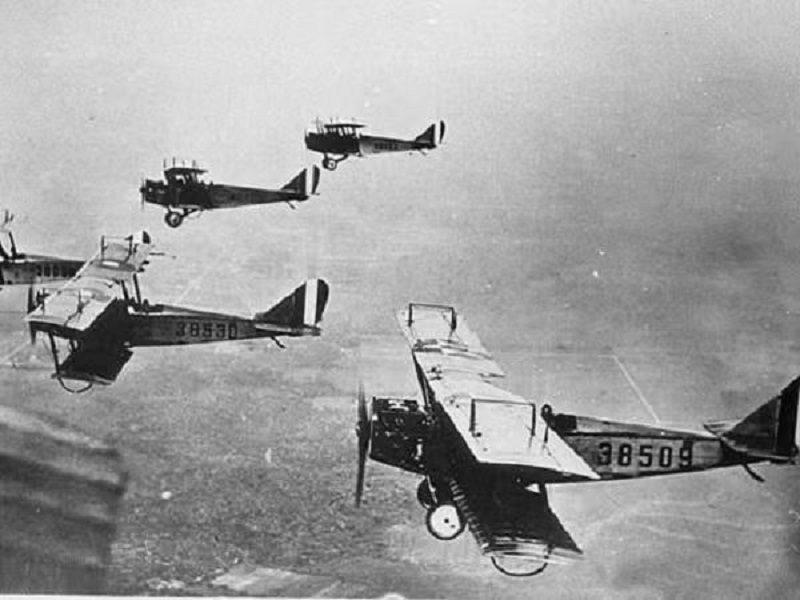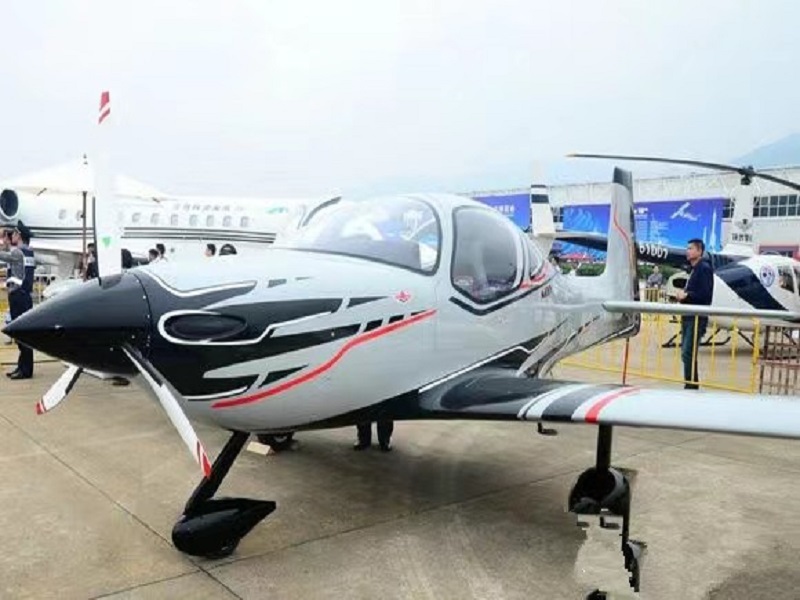

2024 — Typically used for aircraft skins, fairings, aircraft structures. Also used for repair and repair.
3003 – This history of aluminum plate is widely used for fairing and baffle plating.
5052 — Often used to make fuel tanks. The 5052 has excellent corrosion resistance (especially in Marine applications).
6061 — Commonly used for aircraft landing pads and many other non-aeronautical structural end uses.
7075 — Usually used to strengthen aircraft structures. 7075 is a high-strength alloy and is one of the most commonly used grades in the aviation industry (second only to 2024).





For Further Details,Please Feel Free To Contact Us: